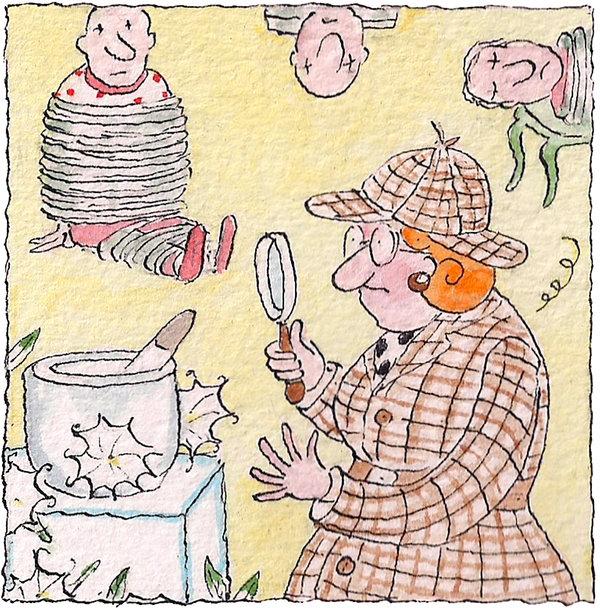Q&A
Chemicals in some nightshade plants are potentially lethal and should be avoided for herbal uses — unless they’re involved in a fictional murder plot.

CreditVictoria Roberts
Q. I read about something called Datura in an old mystery novel. Mixed with honey, it was used as a hypnotic drug to keep a kidnap victim in control. What is it, and how does it work?
A. The kidnappers were playing with fire if they used any of the highly toxic species of night-blooming flowers in the Datura genus. They are unlike hallucinogenic morning glory varieties, which datura flowers superficially resemble. All parts of the plant are poisonous and potentially fatal, especially the flowers and seeds, and their effects on the brain are unpleasant to dangerous.
Two species are prominent in the poisoners’ handbook: Datura stramonium — sometimes called Jimson weed (used as a poison served in tea in a recent episode of the TV series “The Sinner”), moonflower or Thorn apple — and Datura metel, also known as Devil’s trumpet.
These plants and their seeds are a cornucopia of chemicals with potential for medical use. Unfortunately their concentrations differ widely, even from seed to seed, making them dangerous even in the hands of experienced traditional herbalists. Advances in mass spectrometry techniques may aid in the chemical analysis of medicinal plants and the identification of potential toxins.
[Like the Science Times page on Facebook. | Sign up for the Science Times newsletter.]
Among these chemicals are nerve-transmitter blockers like scopolamine, which can cause amnesia, delirium, hallucinations and suggestibility, and was once known as truth serum. Scopolamine could be useful in controlling a prisoner, if the victim did not die of an overdose.
Other Datura constituents are hyoscyamine, used to control intestinal spasms, and atropine, used to speed up the heart rate. Again, too much can be fatal.
Though the name is derived from a Sanskrit word, all the Datura species were once believed to be New World plants.
Later research points to at least one species, Datura metel, as having made it to the Indian subcontinent long before Columbus arrived in the Americas. Even in India, the plant’s use in traditional medicine is banned because of toxicity.
Advertisement



